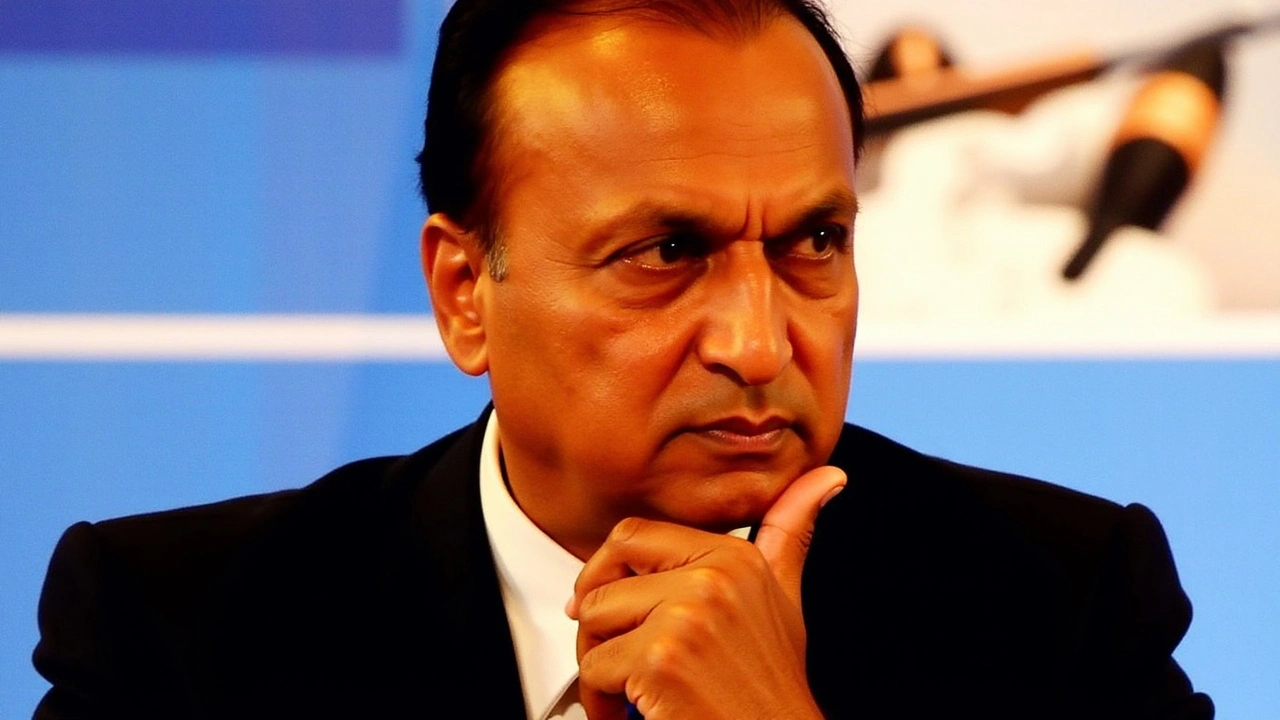Anil Ambani: The Man Behind India's Reliance Group
If you’ve ever read about Indian billionaires, Anil Ambani’s name probably popped up. He’s the younger brother of Mukesh Ambani and the face of the Reliance Group after the family split in 2005. While Mukesh kept the oil and retail empire, Anil took charge of telecom, power, financial services and infrastructure. Knowing his story helps you see how big Indian firms think and why they matter to investors worldwide.
Where Anil Ambani Started
Anil studied in the US, got a degree in engineering and an MBA. When he returned to India, he joined the family business and learned the ropes fast. After the split, he created Reliance Anil Dhirubhai Ambani Group (often called Reliance Group) and launched big projects in telecom (Reliance Communications), power (Reliance Power), and finance (Reliance Capital). At its peak, his group was worth over $30 billion.
Key Business Moves and What They Teach
1. Reliance Communications (RCom) – Anil built one of India’s largest telecom networks, offering 3G, 4G and broadband services. He tried to compete with giants like Airtel and Vodafone. The lesson? Rapid expansion can bring huge debt if revenues lag behind.
2. Reliance Power – He invested in coal‑based and renewable power plants across the country. Some projects were delayed, showing the risk of relying on government approvals and fluctuating fuel prices.
3. Reliance Capital – This arm handled asset management, private equity and insurance. It grew fast but later faced regulatory scrutiny, highlighting the importance of compliance.
4. Strategic Partnerships – Anil partnered with global firms like Nokia, Ericsson and even a Saudi telecom group. Partnerships can bring tech and capital, but you still need a solid domestic base.
These moves illustrate a pattern: big ambition, heavy borrowing, and the need for steady cash flow. When the market turned in 2016‑2017, debt piled up, and several of his companies filed for bankruptcy protection. It’s a reminder that even big names can stumble if they over‑leverage.
Why He Still Matters
Even after setbacks, Anil Ambani’s story matters for three reasons. First, his companies still hold assets that can be bought or restructured, creating opportunities for investors. Second, his experience shows how Indian markets react to large‑scale debt and regulatory changes – useful for anyone tracking emerging market risk. Third, his recent focus on renewable energy aligns with global climate goals, meaning his remaining projects could get new life with green financing.
If you’re an entrepreneur, look at how Anil tried to diversify across sectors. Diversification can spread risk, but it also spreads focus. If you’re an investor, watch his debt ratios and any court‑ordered asset sales – they often signal turning points. And if you’re just curious about Indian business, Anil’s rise and fall offer a front‑row seat to the fast‑paced world of telecom, power and finance in a country of 1.4 billion people.
Bottom line: Anil Ambani is more than a name; he’s a case study in ambition, scale, and the fine line between growth and over‑extension. Keep an eye on his moves, especially in renewable energy and any new partnerships, because they can signal broader trends in India’s economy and the global market.
Anil Ambani Reviews Legal Strategies Amid Sebi's Securities Market Ban
Anil Ambani, chairman of the Reliance-Anil Dhirubhai Ambani Group, faces a five-year ban from the securities market imposed by Sebi over fund diversion allegations involving Reliance Home Finance Ltd. This ban also includes a hefty fine and restrictions on holding directorial roles. Sebi's investigation claims Ambani orchestrated a complex loan disbursement scheme, and now Ambani is exploring legal avenues for appeal.
